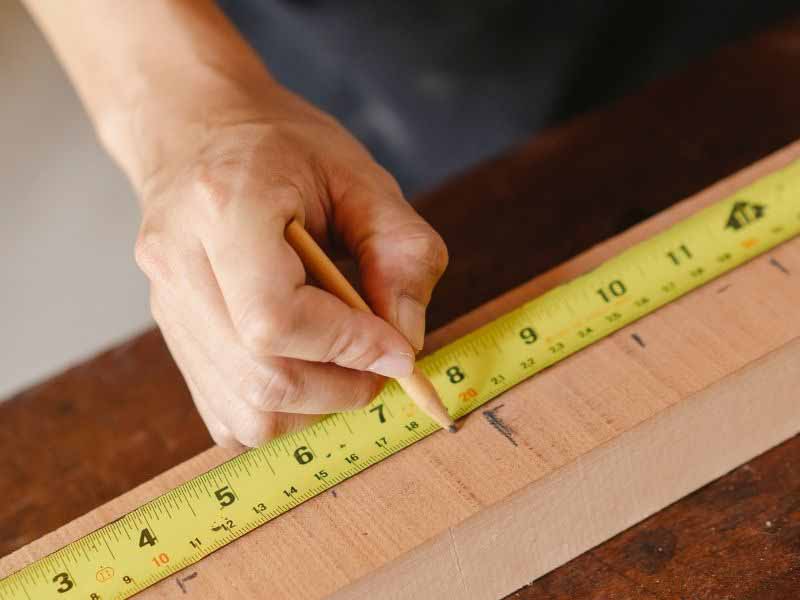I have a fond memory of my grandfather, a contractor by trade, helping me build a stepstool as a child. He wisely said, “Be sure to measure twice, and cut once.” That wisdom has stayed with me throughout my life.
Within our industry, there are countless things to measure. I believe that how we define success should be the basis of what we are measuring, so that the appropriate “cuts” can be made.
At our organization, we promise to deliver an excellent customer experience to every one of our customers, every day. The feedback we receive from the work that goes into delivering on such a promise comes in many forms – all of which play into how we measure our organization’s success. And they all begin with the letter “C.”
Cash Flow
Every business has cash flow. The question is whether it’s positive or negative. If you have long-term negative cash flows, you won’t possess the resources needed to fund vital reinvestments your laundromat business will require in the near future. We measure our cash flows on a weekly, monthly, quarterly and annual basis, with projections for each period based on historical data. Our growth and reinvestment depend on regular, long-term positive cash flows.
Customer Satisfaction
We are laser-focused on serving well those who bring their dirty laundry to our laundromats, above all others, including our own team members and ourselves as owners. Decisions we make as an organization revolve around serving our primary customers at a level of excellence above the historically delivered level of our industry overall. We use metrics such as Google Reviews and Facebook reviews and feedback, as well as time in our stores talking with customers in-person to know how well our customers feel they are being served. The more time you spend focusing your laundromat’s efforts on serving your primary customers, the better your cash flow will be.
Company Culture
Company culture is much like style: everyone has it, some simply have it better than others. We measure our company culture by our team member turnover rate and participation in company-wide events. The sense of belonging is the most shared value we have as humans, so we work hard to create a strong sense of belonging within each of our team members by respecting them, encouraging them in their work, and rewarding them for working toward our promise to deliver an excellent customer experience to our customers.
The last metric we use is one of the most universally accepted metrics, known as turns per day. Many owners have varying opinions on the subject. At The Wash House, we’ve developed and implemented our own payment system, which provides us precise, real-time measurements of TPD for each of our stores individually, as well as for all of our locations collectively. We use TPD to accomplish the two goals of measuring how busy each of our stores is currently and projecting future location revenues based on equipment layout. The higher the TPD for a location, the more the equipment is being utilized, which should drive investment into additional equipment and/or an additional store in a nearby market.
No doubt, how each of us calculates TPD is an entirely separate issue with a multitude of opinions that could fill the pages of this magazine.
Above all, the most important aspect of metrics, statistics and key performance indicators is to keep in mind how you define success and what information you track to measure that success. With the incorporation of additional technologies to help measure what we should, our industry will continue to improve on the whole, thus benefiting our valued customers everywhere.












